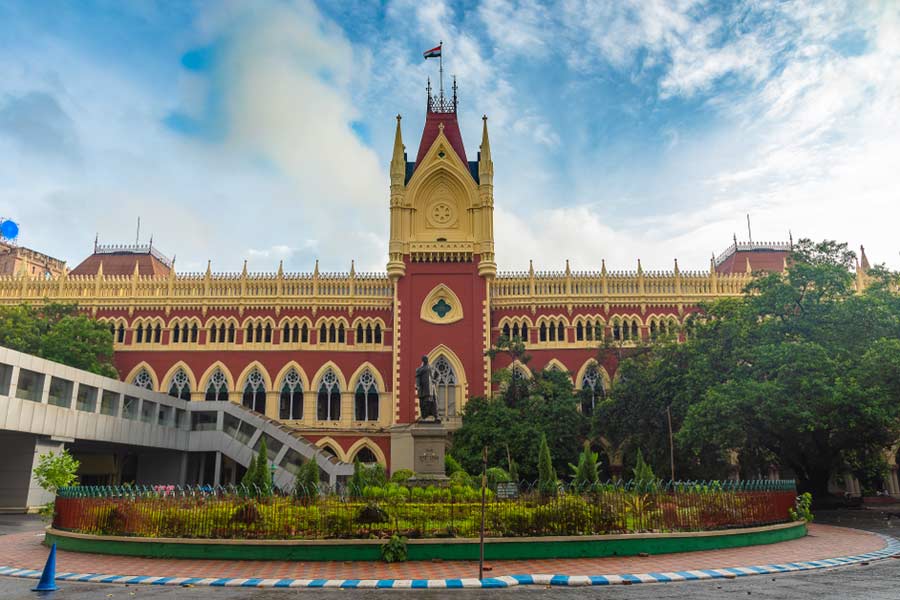 |
| A scene from the movie Mr. India, whose plot revolved around the concept of invisibility |
Among the many eateries on Bangalore’s Brigade Road, I came across ‘Amoeba’ and wondered what kind of food it serves. A more informed fellow traveller told me it was a garment store frequented by the young and happening in the city — a city that also patronises basic sciences.
So it didn’t come as too much of a shock when Rustum Vania, the designer, broached the altogether unrelated but intriguing subject of ‘bacterial art’ later in the day. “It is fascinating — these microbes have such interesting patterns. You feel like putting those designs on T-shirts and all other garments. They make for ideal designer motifs.”
And a little later I discovered a team from the National Centre for Biological Sciences (NCBS) marrying true art and true science in the true sense of the term. Inspired by the beautiful splotches of microbes looking at them from under their microscopes every day, some young men from the Biochemistry, Biophysics and Bioinformatics group have set out to stretch the limits of humdrum lab science. They are giving shape to a rare kind of creative line — bacterial art. Mukund Thattai, the young investigator and team leader, is full of non-standard science ideas. “I am constantly pushing my lab, and the institute, into unconventional directions in which we can take our science. Bacterial art is some thinking along those lines,” says the man who dabbles in E.coli signalling systems as a scientist.
The idea is simple. This group found out that certain bacteria glow in different colours of light, generate spontaneous patterns on their surfaces, change their properties over time and respond to signals like temperature and chemical concentrations. “Now think of a paste of bacteria as a smart material which can be made to glow in various colours, to change shapes on its own and react to all these changing parameters…..this is a really new medium,” Thattai says.
The group has applied for a grant for an artist-in-residence position at NCBS, as some projects Thattai envisions will involve using state-of-the-art genetics to re-programme bacteria, something it does routinely. “The goal here is not to test a scientific hypothesis but to stretch the limits of technique. Basically, I feel that an artist will push us in directions we would not have thought to explore.” A good dose of creativity in the curriculum will do the students a whole world of good, he believes.
His PhD student Sugat Tarborkar is all excited about the myriad shapes formed on a bacterial plate because of the specific kinds of growth rules that are genetically in-built in the bacteria. “The patterns formed by bacteria growing on a plate look really cool. The fact that they are based on certain genetic rules encoded in bacteria might add some value to it. We are taking Rustum’s guidance to make such patterns more artistic,” he says.
The idea came up as part of a synthetic biology workshop where the team put synthetically built genetic circuits in bacteria in order to make them behave the way they wanted to. “We put in DNA that carry genes in bacterial cells. Such DNA has a language that is decoded in bacteria to make proteins. These proteins then interfere with the bacterial machinery to make it follow the rules that are set on the DNA message. So this DNA carries a genetic circuit and it is built synthetically.”
The team works with the bacterium E.coli as it is easily modifiable genetically. It explores the genetic networks of these super-tiny creatures.
Thattai’s dream of making T-shirts with bacterial emblems will probably take shape within a year. No, his team is not bothered about making a sartorial statement with their creation. Neither is it looking at selling them. “We don’t know if there is any marketing potential for all this. This is just an idea in the budding phase,” Tarborkar says.











